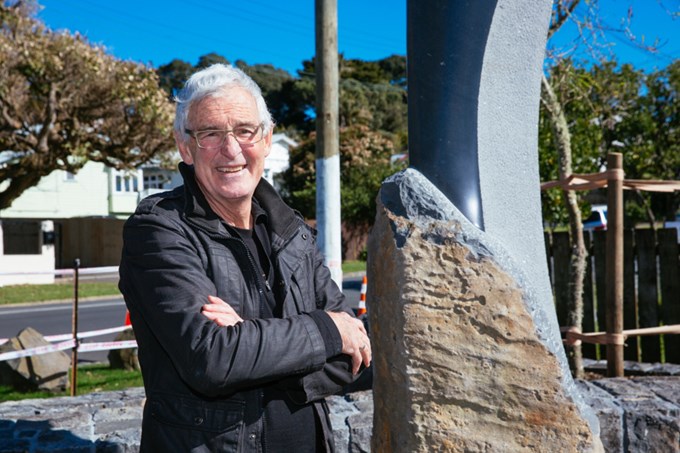Mt Roskill’s Fearon Park has had an injection of culture with a new public artwork installed at the entrance of the park.
The new artwork, a five-piece sculpture installation, was funded by Auckland Council’s Regional Public Art budget. Auckland Council worked with local iwi to develop the project and select an artist to undertake the commission. Artist Chris Bailey was commissioned to produce the artwork titled Te Huinga.
The dynamic piece, featuring a number of different types of stone, aims to honour the way Māori once utilised local materials such as karā (basalt stone) from the nearby maunga.
Te Huinga
Te Huinga was unveiled to the public last month and can be seen at the entrance to the park off Fearon Ave, Mt Roskill.
Puketāpapa Local Board chair Harry Doig says the artist’s impressive work blends in beautifully to the entrance and is a welcome addition to Fearon Park.
“It’s fantastic to be able to introduce new art into Fearon Park. We’ve just completed the first stage of upgrading Fearon Park and Harold Long Reserve, and now we have this magnificent new piece that adds another layer to the upgrade.”
Representing local history
Artist Chris Bailey says it was rewarding to work on an artwork that incorporated unique local history.
“This part of Auckland has a strong history of stone-working, both recently and historically. This was reflected in the parepare (stone fortifications) that once ringed the maunga of Puketāpapa and today are seen in the many local contemporary stone walls nearby.
“On a daily basis Māori of this area utilised the local stone to create tools they required in their lives. In addition, a mauri stone named Te Toka Tu Whenua once stood on the slopes of Te Tātua a Riukiuta (Three Kings), before it was vandalised and moved to Cornwall Park by Logan Campbell. The standing stone of this work pays homage to the noble stone that once stood in this area.
"I hope this work gives the people of Puketāpapa pride in the strong productive history their home area holds.”


